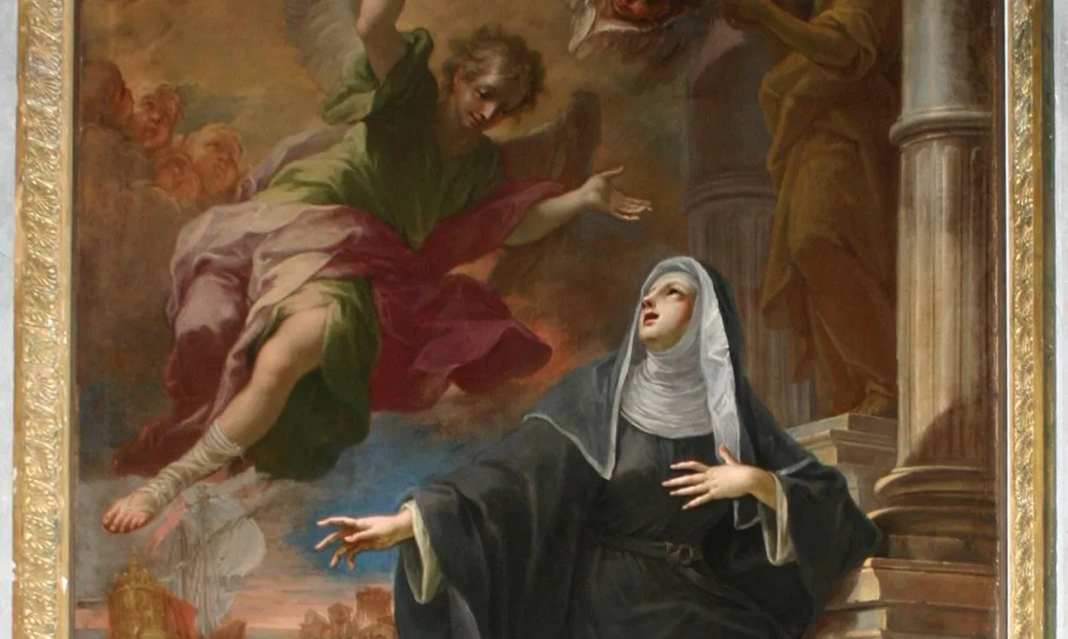SANTA MONICA—Since 2017, a sculpture designed by eight artists has been in the works, and after years of planning, it officially began construction on Friday, October 23, breaking ground right at the intersection of 4th Street and Colorado Avenue.
It will be the final phase of artwork near the Expo Line, which connects Culver City and Downtown Santa Monica, being strategically placed right outside of the last stop in Santa Monica. The influence of the artwork is related to the history and geography of the city.
The sculpture is called “Santa Monica Tears,” a legend about a missionary and explorer from the 18th century, named Father Juan Crespi, who decide to call two sacred springs Las Lagrimas de Santa Monica (Latin for “Santa Monica’s Tears”), which he had found in 1769.
Father Crespi said it reminded him of the tears that Saint Monica shed over her son, because he lacked reverence for God.
These springs, which were originally named Kuruvungna by a local Native American tribe called Tongva, are now located in an area called Serra Springs, directly on the campus of University High School, where the border of West Los Angeles and Santa Monica meet.
One of the artists, Walter Hood, who is known for his work in urban environments, stated that he wanted more locals to engage with the geology of the area. He describes how the sculpture uses trapezoidal blocks made of sandstone, along with hand-formed glass, to recall the existence of Santa Monica, Kuruvungna and the Palisades.
Hood is the former chair of the Landscape Architecture and Environmental Planning department at University of California, Berkeley, as well as a Goldman Sachs Design Fellow for the Smithsonian. He has also had his work displayed at several museums.
Currently, a statue of Saint Monica, who was named after the City of Santa Monica, is located at the very end of Wilshire Blvd in Palisades Park, overlooking the Santa Monica Pier. It was built by Eugene Morahan in 1934.






